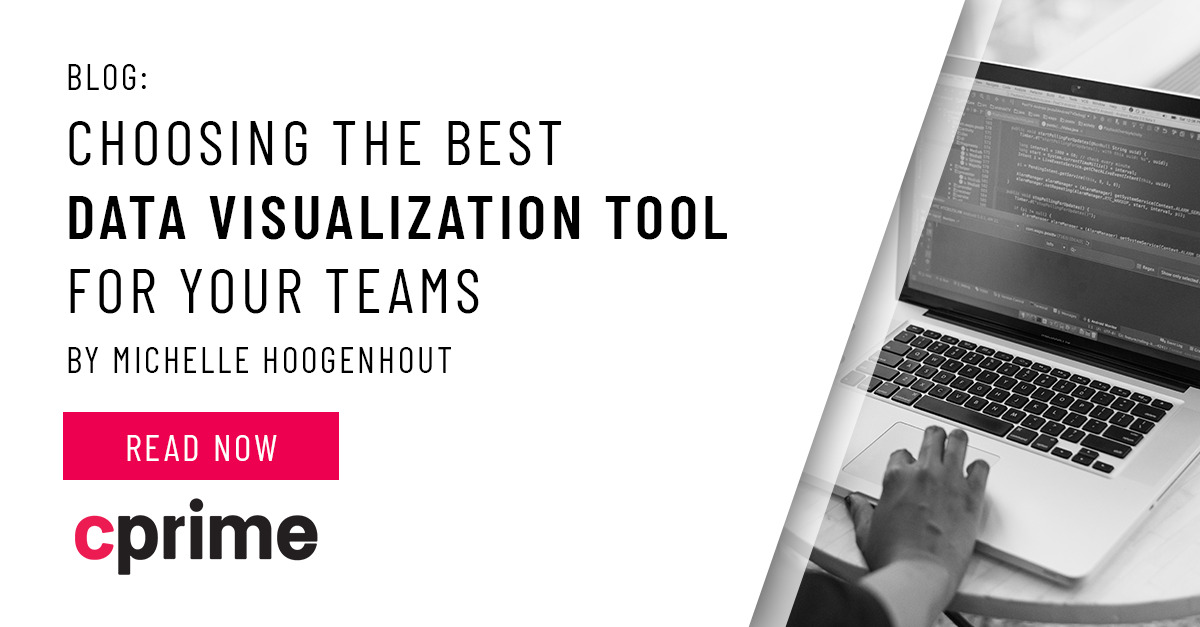Roles on your SharePoint Governance Team
One of the first steps in building your SharePoint Governance is to assemble the team that will not only be responsible for the initial Governance plan, but the ongoing oversight and management of the plan. Governance is not a simple document that you create and have on file. Governance is the living and breathing management and oversight of SharePoint. The team must be willing to engage to create the plan but then work regularly to update and maintain the Governance through regular meetings. Assembling the team is critical to a successful Governance model.
The Governance principles and policies should be derived from the organizational mission and should support the business objectives. The team should include key business players from across the organization. Any division or department that will use SharePoint should have a representative on the Governance team. While IT plays a critical role, IT should simply be a seat at the table and should listen to the needs of the key business players. Often times IT will create the Governance in isolation because they are familiar with creating technology related policies. Because SharePoint is an organization-wide platform for collaboration and information management, IT should work with key business stakeholders to guarantee SharePoint is implemented to support the business requirements. IT certainly does not understand all of the business requirements. While it is critical for IT to be at the table, it’s equally as important for anyone that will use SharePoint to be represented in the planning of Governance. Below is a list of some of the key players that should participate on the team.
| Role | Responsibility |
| Executive stakeholders | Key executives should define the overall goals of the governance committee and periodically evaluate the success of the implemented practices and policies. |
| Financial stakeholders | Financial officers should make sure that governance rules and processes help increase the return on your organization’s investment in SharePoint products. |
| Business division leaders | Business leaders represent the teams that do the primary work of the enterprise and drive the architectural and functional requirements of the deployment. They work with information architects to structure the information architecture and taxonomy standards. Business leaders also work with IT leaders to create service-level agreements and other support policies. |
| IT managers | IT managers help develop their service offerings and determine how to achieve their IT responsibilities (for example, improving security and maintaining reliability) while supporting the features required by the business teams. |
| Software development leaders | Software development leaders help determine which customization tools are approved, how to verify code security, and ensure code-related best practices. |
| Technical specialists | Technical specialists design, build, and run IT services and solutions. |
| Trainers | Instructional experts should develop a training plan for your organization. |
| Influential information workers | The members of your organization who do the day-to-day work should help ensure that the services and information architecture meet their needs. |
| Information architects or taxonomists | Members of these groups design information systems and taxonomies. Based on their analysis of the information needs of the audience, they develop plans that support organizational objectives and define site architecture and navigation. |
| Compliance officers | Governance includes making sure that an organization meets its regulatory and legal requirements and manages its corporate knowledge. If your organization has roles that are responsible for compliance or legal oversight, include representatives from those disciplines in your governance team. |


